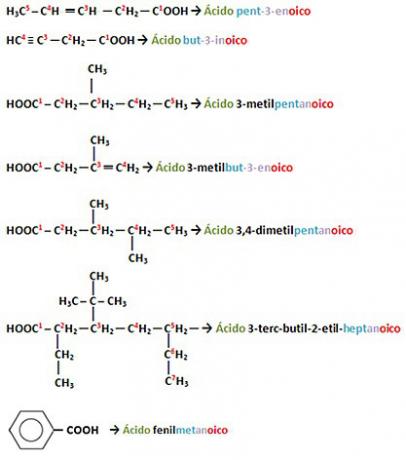The historical process known as Reconquest War consisted of the retaking of the territories conquered by the moors (Berbers who professed the Muslim religion) in Iberian Peninsula. Although most historians consider the reconquest restricted to the fifteenth century, it is possible to say that it was composed of a series of battles that took place between the eighth and fifteenth centuries.
The invasion of the Iberian Peninsula took place from North Africa during the expansion of the Islamic Empire, around the year 711. Under the command of Tarik ibn-Zyiad, the Moorish troops forced the Visigoths who inhabited the place to take refuge in the north of the Peninsula, in the mountainous region of Asturias. The geographic conditions facilitated the defense of the Visigoths in the region, allowing even attacks against the Moorish possessions that were constituted.
The first revolt that is known was the revolt of Pelagius (or Pelayo), in 718, starting the resistance and advance of the Christians against the Moors who conquered the peninsula. The struggle to conquer territories was also transformed into a religious struggle pitting Christians and Muslims against each other.
However, between the eighth and eleventh centuries, it was the Moors who achieved the greatest feats, conquering almost the entire Iberian Peninsula and consolidating with the formation of the Emirate of Córdoba.
But from the twelfth century, with the support of the crusade movement, the Christian kingdoms in the region began to expand their domination. Several kingdoms and other territories were created after the battles: Portucalense County, Kingdom of Aragon, Kingdom of Castile, Kingdom of Navarre and Kingdom of Lion. From these conquests, armies were formed to fight the Moors, ensuring the maintenance of the geographical positions achieved.
The main consequences of the Wars of Reconquest were the creation of two National States: Portugal and Spain.
The formation of Portugal took place from the formation of the Condado Portucalense, in the northwest of the Peninsula, expanding to the coastal strip to the south, conquering urban areas and strong commerce that were controlled by the Moors. The most notorious case was the conquest of the city of Lisbon by the troops of Afonso Henriques, aided by English crusaders, in 1147. This achievement strengthened Afonso Henriques economically and politically against the feudal lords of the North, as it expanded the territories under his control and brought him into contact with a monetized economy, which had been developed in cities coastal areas.
This situation strengthened Afonso Henriques and his dynasty, Burgundy, who ruled until 1383, when they were defeated in the Avis revolution. However, the conditions for the formation of the first European National State, Portugal, were created during the War of Reconquest, allied with the action of some crusades.
The Reconquest of the Spanish territories took longer. It took place after the formation of several Christian kingdoms from the defeats inflicted on the Moors, who were weakened and fragmented after the end of the Caliphate of Cordoba, in 1031. However, it was in the 15th century that the defeats of the Moors were definitive, mainly with the campaigns sponsored by the Catholic Kings of Aragon and Castile, Fernando and Isabel. In 1492, with the seizure of the Kingdom of Granada, the Spanish Christians expelled the last Moorish leaders from the Iberian Peninsula, being able to unify the Spanish kingdoms and form a National State.
By Tales Pinto
Graduated in History
Source: Brazil School - https://brasilescola.uol.com.br/guerras/guerras-reconquista-peninsula-iberica.htm


